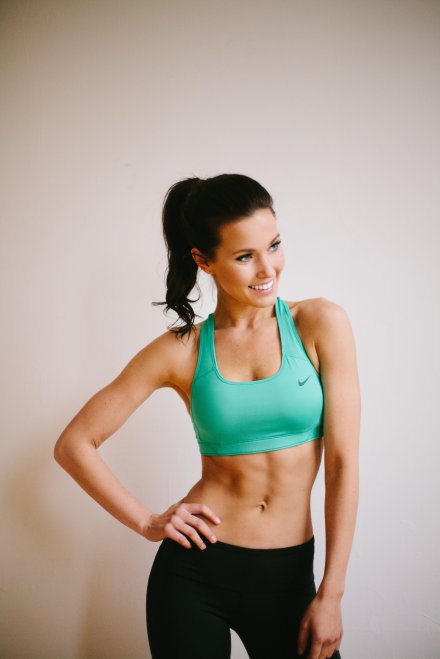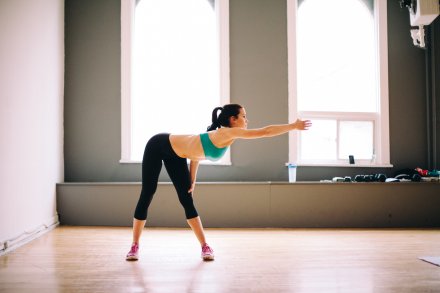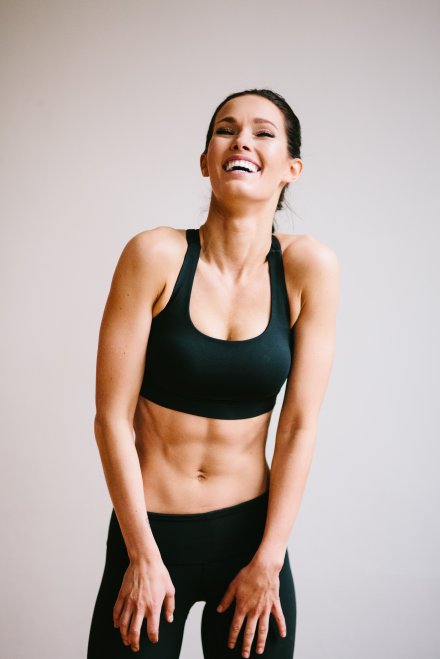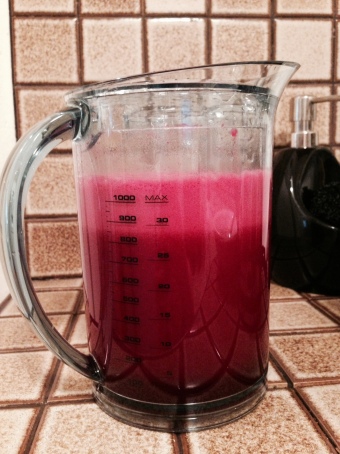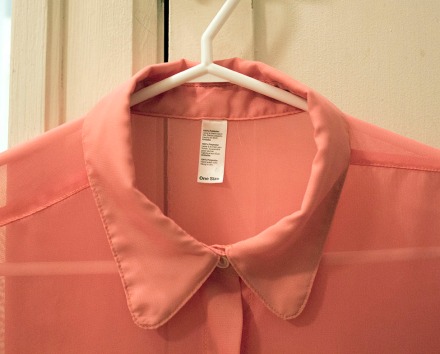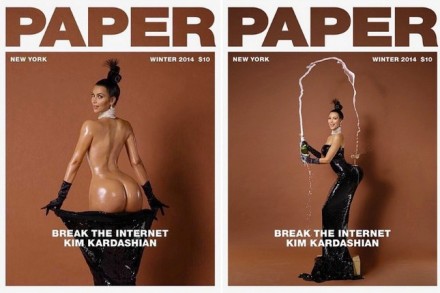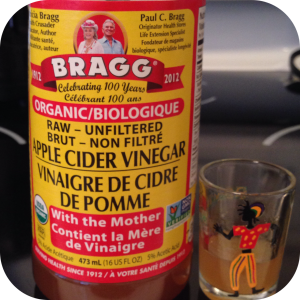After more than a year of planning, recipe creating and testing, writing, and design, Mind + Body and Breakfast is finally done. Well, at least the e-book is done.
I’m excited but also a bit nervous about putting Mind + Body and Breakfast out there. I joked with a friend that I was ready to “throw it to the wolves.” But it’s not just a matter of throwing it out there. I’ve put a lot of time and poured a lot of myself into it. And the latter is why I’m a bit nervous.
The project was meant to be more than just a compilation of healthy breakfast recipes I created. My intention was to take a negative portion of my life and channel it into something positive, something that would hopefully open up a conversation.
The part that I left out when talking about this project, my e-book, was that I was including short personal essays about overcoming an eating disorder and negative body image. At first this might seem like a random thing to add into a cookbook. That’s where my big idea comes into play.
In a nutshell, Mind + Body and Breakfast was conceived because when I started my journey to recovery and finding a healthy balance, I started in the kitchen. Learning how to cook and develop my own recipes from wholesome ingredients helped me shift my focus from counting calories to giving my body the nutrition it desperately needed.
Cooking and baking is my way of relaxing, and perhaps, sometimes procrastinating. Either way, my kitchen has become an important space for me. I love getting creative with new recipes and sharing the fruit of my labour with friends and family. Now I can share some of my favourite recipes beyond my group of friends and family. And I can share my story.
The hardest and most time consuming part of putting together Mind + Body and Breakfast was writing, editing, re-writing, and editing (again), what I refer to as “Food + Body Philosophy.” These four short essays touch on the topics of restriction, balance, guilt & intuition, and recovery. I know my experience is not unique, many women and men have dealt with negative body image and eating disorders. However, there is still so much silence around these topics.
I have just started to skim the surface. I’m not an expert – I can only speak from my own experience. It’s important to look at issues such as mental health and recognize that we can bring them to the forefront. Just look at the massive success of Bell Let’s Talk campaign at bringing mental health awareness to the masses.
This project will definitely not bring awareness and start a conversation about eating disorder awareness at the same capacity as #BellLetsTalk, but it’s my tiny step in that direction.

